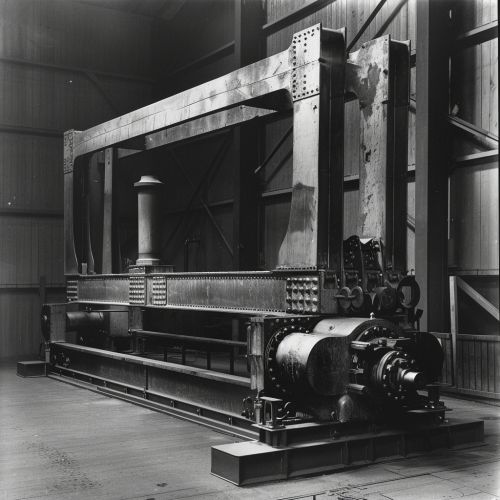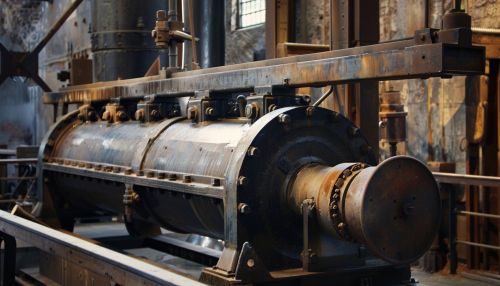Newcomen steam engine
Introduction
The Newcomen steam engine, named after its inventor Thomas Newcomen, was the first practical device to harness the power of steam to produce mechanical work. Newcomen engines were used throughout Britain and Europe, principally to pump water out of mines, starting in the early 18th century.


History
Thomas Newcomen, an ironmonger and Baptist preacher from Dartmouth, England, developed the Newcomen steam engine in the early 18th century. His invention was a response to the need for a practical solution to the problem of removing water from the increasingly deep mines of the time. The engine was a significant improvement over the Savery engine, which was the first patented steam engine.
Design and operation
The Newcomen steam engine used the force of atmospheric pressure to do the work. This was done by condensing steam drawn into the cylinder, thereby creating a partial vacuum, allowing atmospheric pressure to push the piston into the cylinder. It was combined with a beam engine; these were commonly used in the 18th century for the pumping of water in mines or to supply water to water wheels used in mills.
Impact and legacy
The Newcomen steam engine marked a key point in the Industrial Revolution, providing an effective, practical power source that was instrumental in the rapid industrialisation of Britain and later Europe and America. It remained in use for over a century, until the more efficient Watt steam engine was developed by James Watt.
